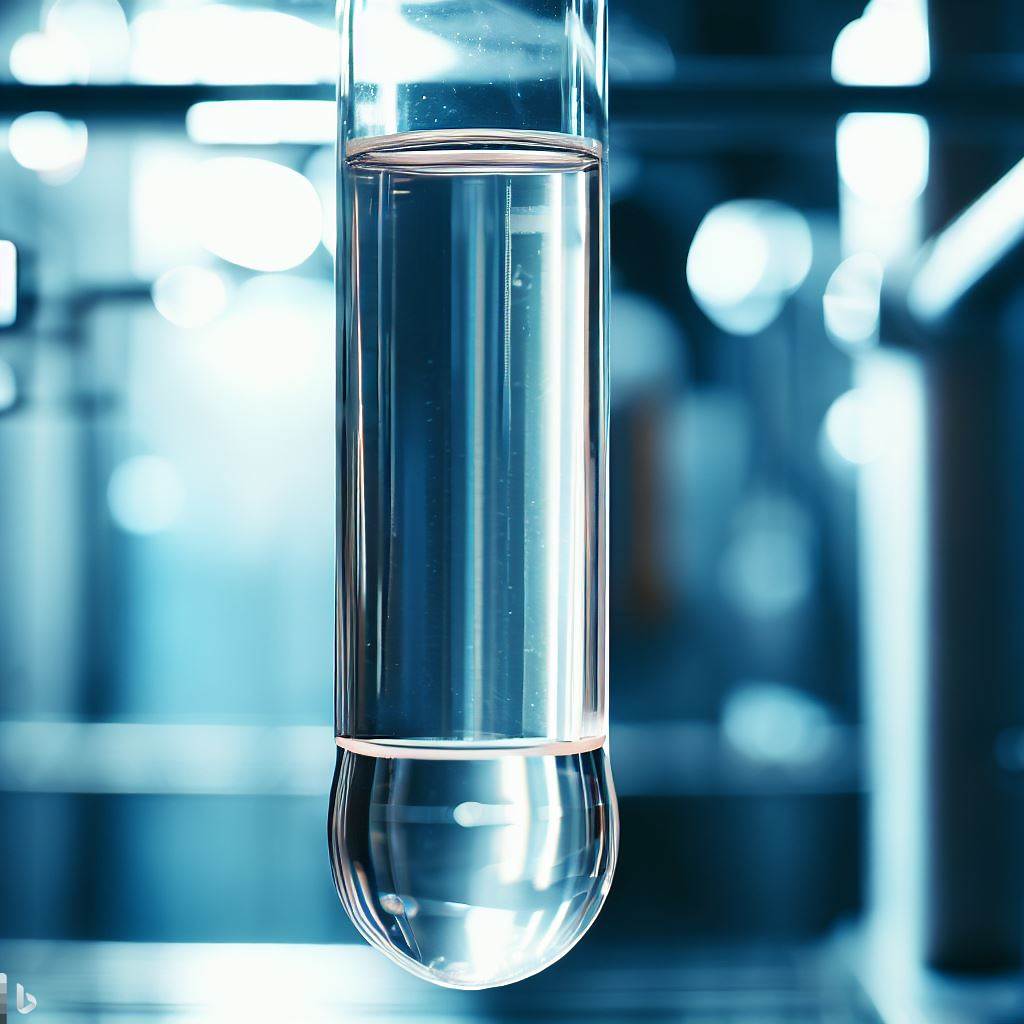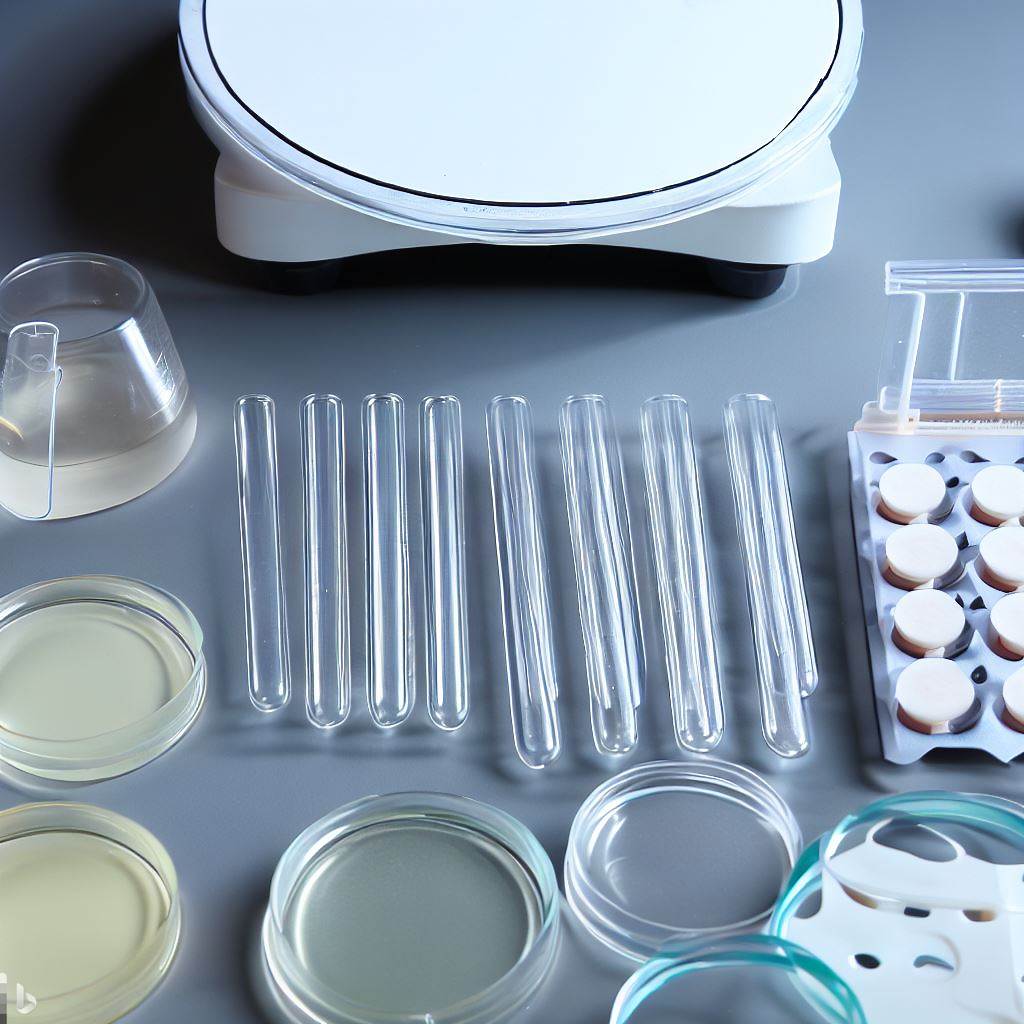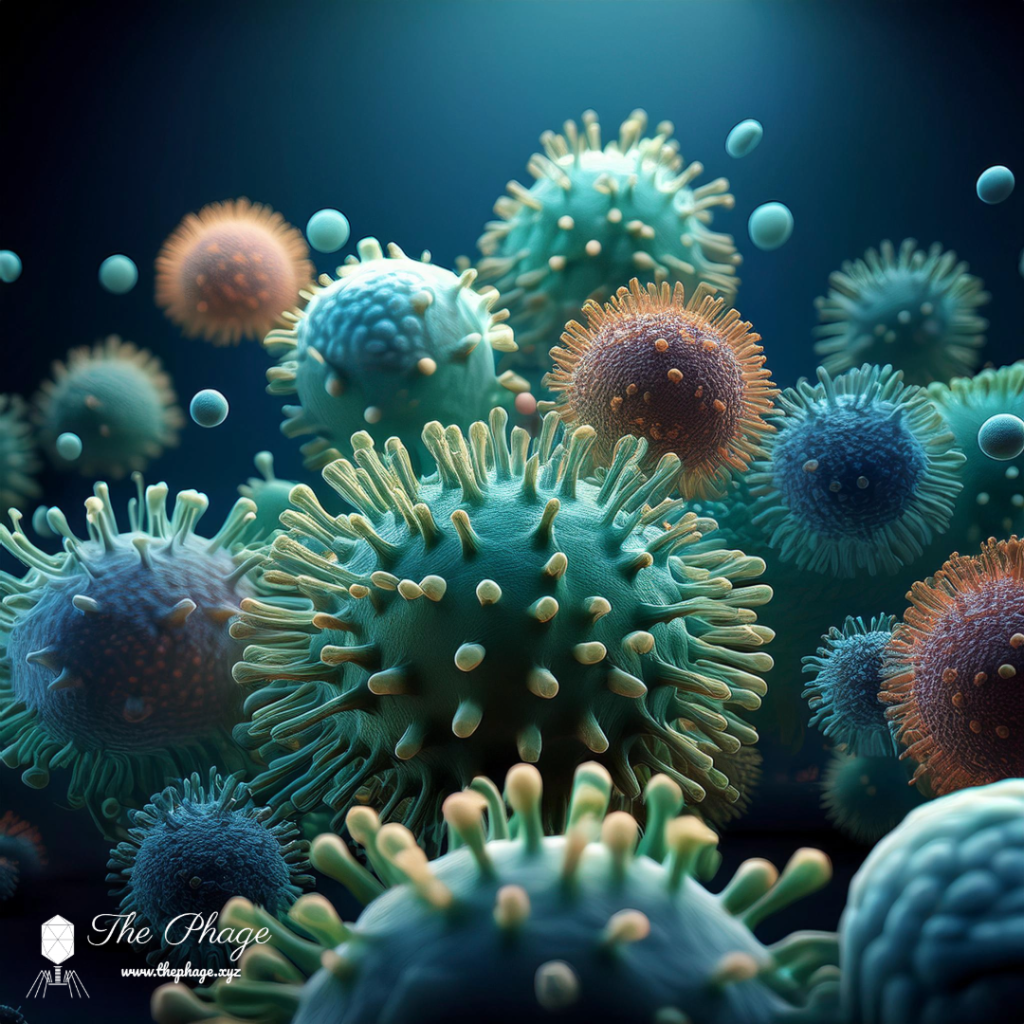Welcome back to the captivating world of bacteriophages, those tiny heroes that hold the power to combat bacterial foes. Today, we embark on an exciting journey to unravel the secrets of phage purification. If you haven’t already gone through our guide on isolating your first phage and storing phages, we encourage you to take a look at it now. By following a series of simple yet vital steps, you can transform your isolated lysate into a potent and uncontaminated solution ready for further exploration.
Comprehensive Guide to Phage Purification: Step-by-Step Techniques
Once you’ve successfully isolated your bacteriophage, it’s time to purify it. Phage purification involves removing unwanted contaminants, allowing you to obtain a concentrated and highly effective phage solution. This process ensures that your phage remains pure, potent, and ready for action.
- Serial Dilution and the Double Agar Method
To begin the purification process, we will employ a technique called the double agar method. This method involves using 500μl of a susceptible host strain, 500μl of a phage suspension, and 4ml of molten semi-solid overlay agar. The mixture is thoroughly vortexed and then poured onto the surface of an agar-containing plate. After incubation, the plaques will be observed, resulting from the lysis of bacteria. These plaques serve as the foundation for further purifying the phage contained within. If the concentration of bacteriophages in your samples is too high, you may not be able to get distinct plaques; therefore, you may need to perform a serial dilution. Most people use tenfold serial dilutions up to 10-4, which should be enough to obtain distinct plaques.
- Picking Off a Well-Isolated Plaque
Once you’ve identified a well-isolated plaque on your agar plate, it’s time to extract it using a Pasteur pipette or a wire loop. With a sterile Pasteur pipette, gently stab the area around the plaque and collect pieces of the soft agar containing the phage. Alternatively, if using a wire loop, carefully excise the area surrounding the plaque and collect the soft agar piece containing the phage.
- Preparing the Phage Suspension
Now, add the collected plaque material to 9 ml of a diluent solution, such as Lambda diluent, and 25% Ringers solution. If using a wire loop, gently break the agar into smaller pieces within the diluent. Mix the suspension briefly using a vortex mixer and let it sit for 5-10 minutes at ambient temperature.
- Filtration to remove bacterial cells
To remove any remaining bacteria, including phage-resistant host bacteria, filter-sterilize the phage suspension using a 0.45 µm syringe-mounted filtration unit or a favorable alternative. This step ensures a cleaner and purer phage population. In some cases, if the phage tends to aggregate, chloroform treatment may be necessary to kill bacteria before filtration. However, exercise caution and use proper controls, as chloroform can potentially inactivate certain phages.
- Second Cycle of Purification
To ensure a population consisting of a single phage strain, a second and even third cycle of purification is often required. Dilute the phage suspension to concentrations ranging from 10-1 to 10-4. This will yield plates with adequate distinct plaque numbers for further experimentation. Continue repeating steps 1 to 4 until uniform plaques are achieved in terms of size and clearance intensity.
- Successful purification
Congratulations! You’ve successfully purified your phage population! Observe the transformation as your phage evolves from a raw and isolated state to a pristine and powerful form. This pure phage solution is now ready for the next stage of exploration, where its true potential can be unleashed.
Remember, while the above procedure works well for most phages, some may require slight adjustments to achieve optimal results. Factors such as the size and fragility of the phage should be taken into consideration. Always be mindful of the possibility of phage aggregation, which may result in seemingly low-titer preparations.
The phage
Embrace the art of phage purification, and unlock the magic within these remarkable creatures! With curiosity as your guide and these simple steps as your compass, you can refine your phage population into an unstoppable force against bacterial adversaries. Let your purified phages pave the way for groundbreaking discoveries and advancements in the world of microbiology.
Remember, even the tiniest creatures can hold immense power.
Happy Phage Purification!




